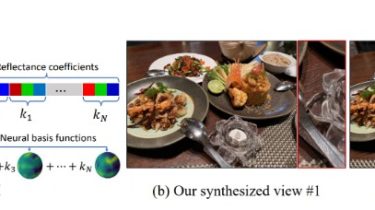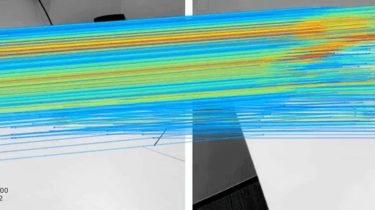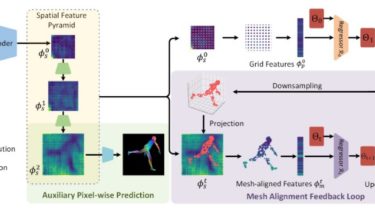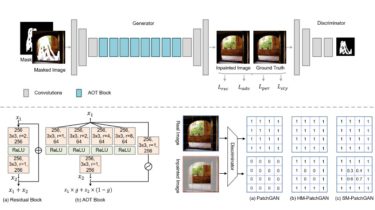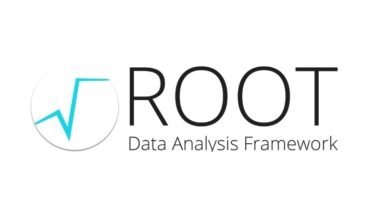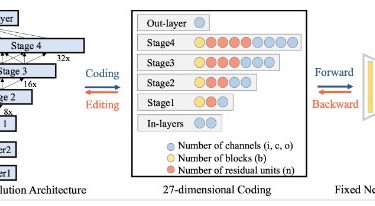A Semantic Segmentation inference API using the Gluoncv CV toolkit
BMW-Semantic-Segmentation-Inference-API-GPU-CPU This is a repository for a Semantic Segmentation inference API using the Gluoncv CV toolkit. The training GUI (also based on the Gluoncv CV toolkit ) for the Semantic Segmentation workflow will be published soon. A sample inference model is provided with this repository for testing purposes. This repository can be deployed using docker. Prerequisites Ubuntu 18.04 or 20.04 LTS Windows 10 pro with hyper-v enabled and docker desktop NVIDIA Drivers (410.x or higher) Docker CE latest stable release […]
Read more

